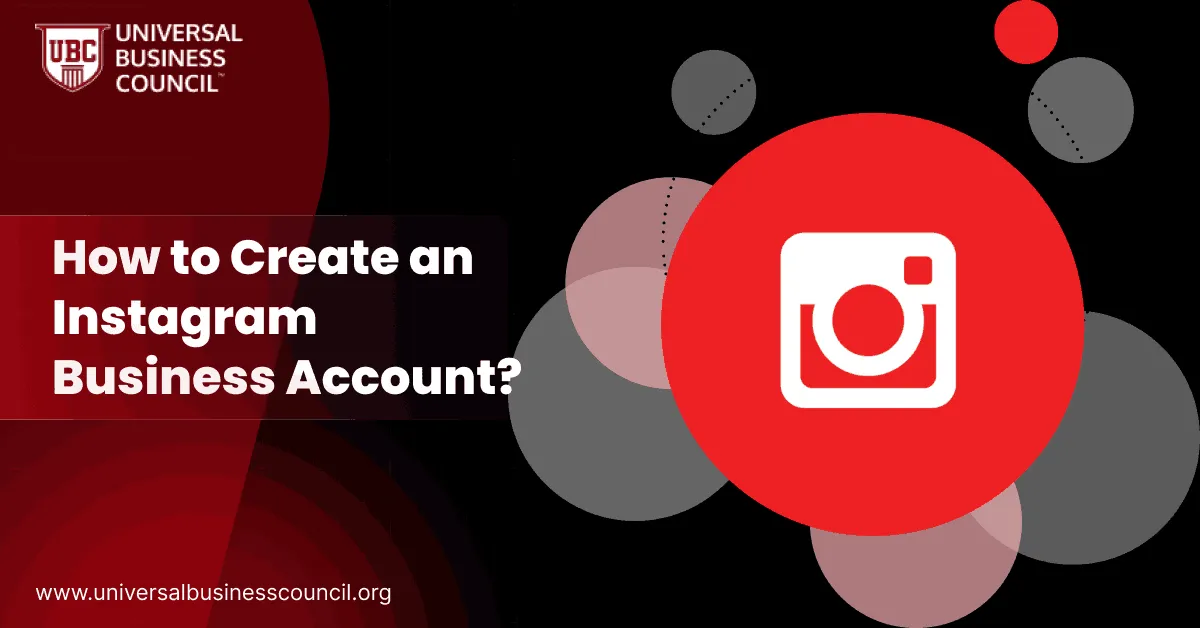 Influencer whitelisting is when a brand gets permission to run paid ads using an influencer’s social media profile. These ads appear from the influencer’s handle, but the brand controls the targeting, budget, and duration. If you’ve ever seen a sponsored post from a creator that doesn’t follow you back, it may have been whitelisted content.
This approach is becoming popular because it blends the authenticity of influencer content with the precision of paid advertising. It gives brands more control and influencers more visibility, making it a win-win in digital marketing.
Influencer whitelisting is when a brand gets permission to run paid ads using an influencer’s social media profile. These ads appear from the influencer’s handle, but the brand controls the targeting, budget, and duration. If you’ve ever seen a sponsored post from a creator that doesn’t follow you back, it may have been whitelisted content.
This approach is becoming popular because it blends the authenticity of influencer content with the precision of paid advertising. It gives brands more control and influencers more visibility, making it a win-win in digital marketing.
How Whitelisting Works
The process starts when an influencer grants the brand advertising permissions through tools like Meta Business Suite, TikTok Spark Ads, or Google Ads. This access allows the brand to promote the influencer’s posts or create new ads using their name and profile picture. Brands can:- Boost existing posts to reach more people
- Create multiple ad versions with different headlines or calls to action
- Target lookalike audiences, specific regions, or interest groups
Why Brands Prefer Whitelisting
Whitelisting gives brands several advantages:- Ads appear more authentic and native in users’ feeds
- Performance is better, with higher click-through and conversion rates
- Brands gain access to real-time analytics, enabling better decisions
- They can extend the reach of a single influencer post far beyond organic followers
What Influencers Get Out of It
For influencers, whitelisting isn’t just about giving access. It’s a chance to grow and earn more.- Their content reaches new, relevant audiences
- They often gain followers from ad exposure
- Brands pay extra for whitelisting access
- They can review analytics data typically hidden from organic posts
Key Differences Between Whitelisting and Dark Posting
| Attribute | Influencer Whitelisting | Dark Posting |
| Origin of Content | From influencer’s profile or handle | Brand-created content |
| Visibility on Profile | Sometimes visible | Never appears on influencer’s profile |
| Control Over Targeting | Controlled by brand | Controlled by brand |
| Ad Authenticity | Higher, feels more organic | Lower, looks like traditional ads |
| Audience Reach | Follower base + paid reach | Paid reach only |
Is Whitelisting Safe?
Yes, when done right. Brands typically receive only limited access, often restricted to promoting posts. They can’t post new content or message followers directly. Still, influencers should make sure contracts are in place to set boundaries and outline expectations. Most platforms offer secure access levels. Meta lets users assign advertiser roles, and TikTok uses Spark Ads for quick approvals.Can Smaller Creators Use It?
Absolutely. In fact, micro and nano influencers often perform better in whitelisted campaigns. Their niche audiences are highly engaged, and their content feels personal. When combined with smart targeting, these campaigns can outperform big-budget efforts.What Kind of ROI Does It Deliver?
Brands often report 1.5 to 2 times better return on ad spend from whitelisted content compared to standard ads. That’s because the content is more relatable and tailored to specific audiences. Teams that work with AI-powered targeting often enhance results even further, as taught in the AI Certification.Benefits of Whitelisting for Marketing Campaigns
| Benefit | Why It Matters | Who It Helps Most |
| Ad Personalization | Brand can test versions of captions, CTAs | Marketers |
| Content Credibility | Viewers trust influencer content | Consumers |
| Platform Support | Built into Meta, TikTok, YouTube systems | Brands and agencies |
| Influencer Monetization | Additional earnings through access fees | Content creators |



Leave a Reply